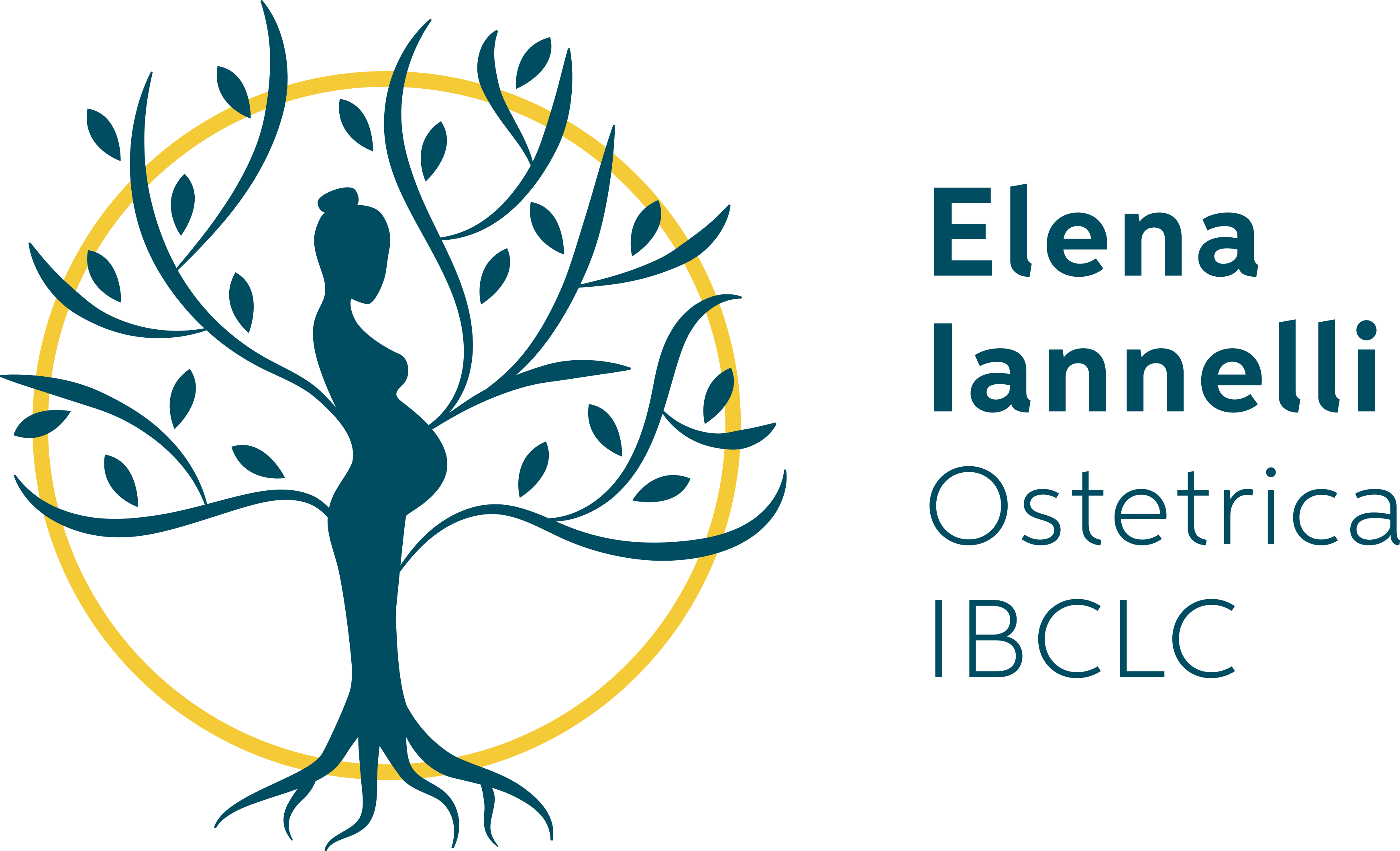How do I know if I am producing enough milk?

The first days after birth are about getting to know each other: your baby has to figure out how to do many things in his new world and you have to understand his cues and rhythms and how to interpret them.
One of the most common questions I am asked is ‘How do I know if I am producing enough milk?‘, and it is certainly also the most common concern in the first days or weeks after giving birth.
Milk comes with breastfeeding
Let’s start with the concept that ‘milk comes by suckling’. This does not mean that the first few days you do not have enough milk; after all, your body has been preparing for that moment since pregnancy and, if physiology is respected, the amount of milk you produce will be absolutely adequate for your baby’s needs from the very first hours.
This is why it is so important to respect your baby’s physiological rhythms from birth: to give him time to get to know your breast, to stay in contact on your chest and to offer him the breast as soon as he shows early signs of hunger (opens his mouth, sticks out his tongue, turns his head to the right and left), without ever waiting for him to cry. If he cries, in fact, it may be too late and it may be much more difficult for him to latch on to the breast because he is too hungry.
More breastfeeding, more milk
So why do they want to latch on to the breast so frequently?
If we think about the size of babies’ stomachs, we will exactly understand the reason!
When your baby is properly attached to the breast, as often and as long as he or she wants, you will produce enough milk for his or her needs. The baby’s sucking sends signals to a gland in the brain (the pituitary gland) that will receive the message as: ‘more demand – more production’ and your breast will start to produce more milk.
Skipping a feed or introducing formula supplements at an early stage or without a thorough analysis of the situation first is counterproductive and hinders breastfeeding.
You may get into what I often call the vicious circle of ‘I don’t think I have enough milk – I give formula supplement (so the breast is less stimulated) – start to actually produce less’. Remember that the less you breastfeed, the lower your milk production will be!
Milk quantity indicators
If you are not sure whether you are getting enough milk, you can check these signs which, if present, indicate that everything is going well:
- The baby wakes up for meals at least 8 times in 24 hours and clearly lets you know that he or she is hungry;
- Check the nappies: 2-3 wets in the first 48 hours, gradually increasing (about one per day) until there are at least 6 in the 24 hours from day 5-6 onwards (abundant and clear).
- Faeces, dark in the very first days (meconium), gradually change colour and consistency until they turn into a yellow ochre colour and soft from day 4 onwards;
- It regains its birth weight within the first 2 weeks of life;
- The baby is satisfied and relaxed after feeds;
- The breasts or nipples do not hurt;
If you notice that he stops sucking but does not completely detach from the breast on his own and is not completely asleep, do not detach him; he is probably just taking a break and will soon start sucking again.
Here are the main signs of hunger:


